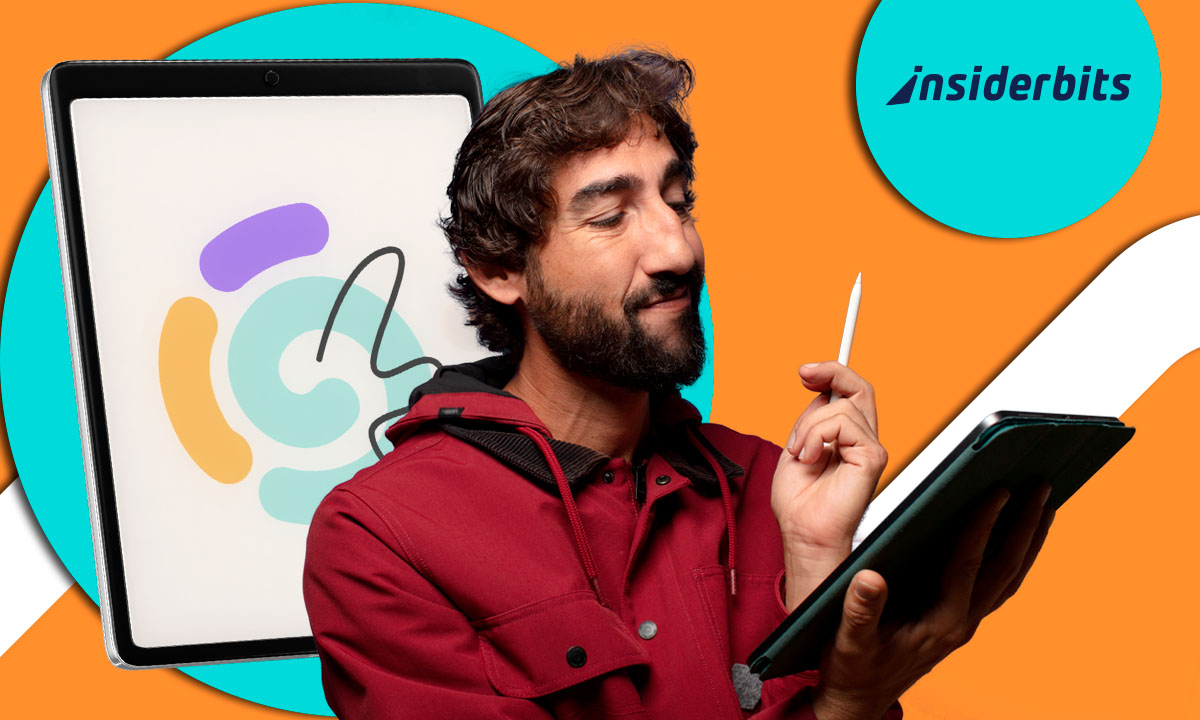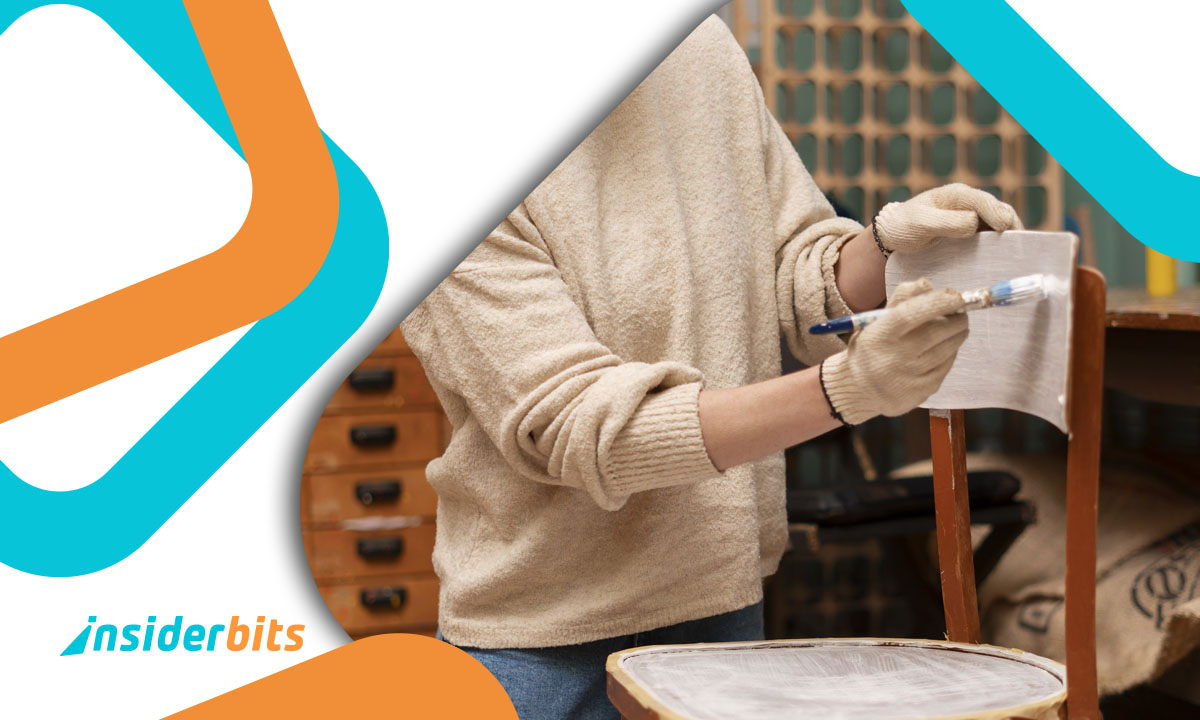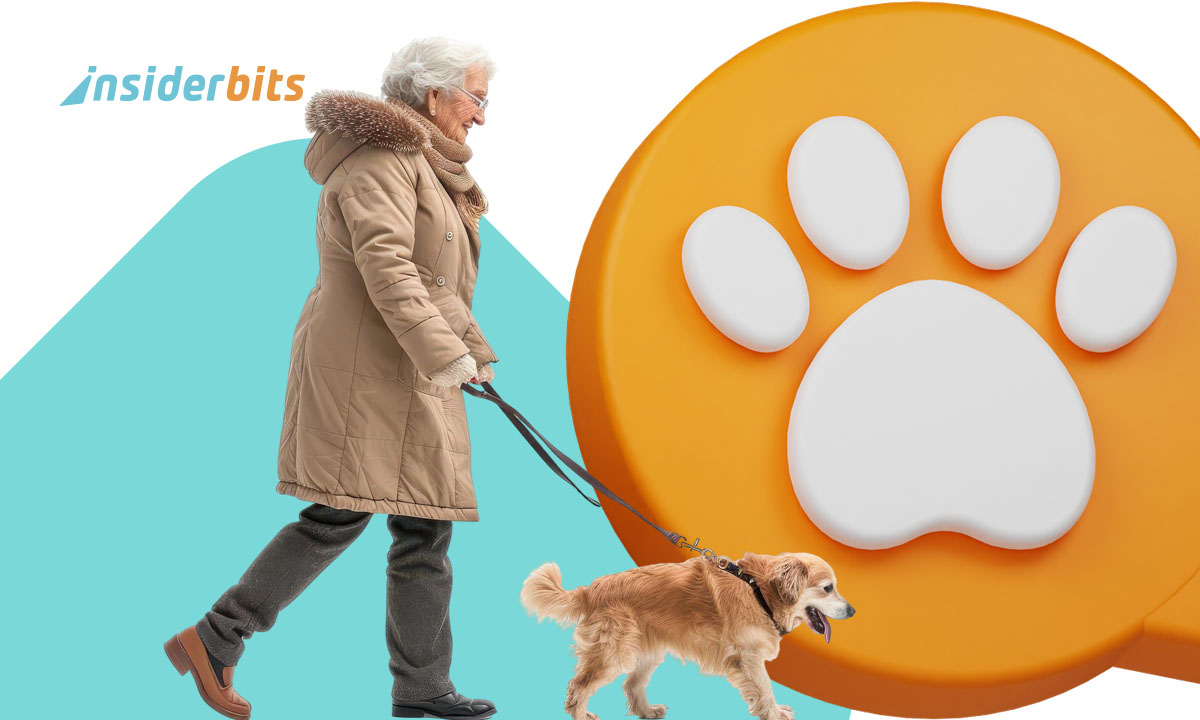Most tablets come with immense potential that often remains unexplored, especially when they’re treated as passive devices for watching content or scrolling through social feeds. Yet the same screen can become an interactive workspace. Now, with these digital whiteboard apps, it is possible to transform tablets, and even other devices, into a simplified and high-performance tool.
Many people can make perfect use of the digital whiteboard. Educators, students, remote workers, and creative professionals, have more than convenience with the right use. It can open a flexible space where thoughts can be visualized and refined continuously. And since many of these apps are completely free, the barrier to entry is virtually nonexistent.
- Tablet Delights: Sing, Play, Watch with the Best Entertainment Apps
- Personnaliser le clavier du téléphone avec Facemoji AI Emoji Keyboard
- Digital Vision Board Creation: Digital Tools for Goal Setting
Why turn your tablet into a digital whiteboard
Differently from traditional chalkboards, a digital whiteboard can introduce flexibility into how people develop ideas.
Since digital boards are infinite in space and easy to organize into visual segments, they become powerful for layered or non-linear thinking.
This functionality is especially helpful in educational settings, where visual aids reinforce learning by showing relationships between concepts.
With this, it is possible for teachers to switch between diagrams, equations, and mind maps in real time, adjusting their approach based on student reactions and comprehension.
Furthermore, in collaborative environments, teams no longer need to use rigid tools like slides or word documents.
Moreover, a whiteboard lets you experiment with layouts, shift components mid-conversation, or diagram complex flows without needing to start over, fostering creativity through freedom of movement and easy experimentation.
Lastly, you can save boards as files, share them with others, or pick up exactly where you left off, even months later, without any losses.
Best free apps to use your tablet as a whiteboard
To begin with, Microsoft Whiteboard (iOS/Android) can be a solid starting point for those seeking simplicity combined with professional polish.
If you want to understand more, the app opens to a blank infinite canvas, letting users draw with their finger or stylus and organize content.
The clean design within the app helps beginners to navigate easily, while still offering robust tools for experienced users.
Once logged in with a Microsoft account, your boards sync automatically across devices. That means you can start a brainstorm on your tablet and finish it later on a desktop without losing progress.
The app also integrates seamlessly with Microsoft Teams, making it useful for business or school settings where cross-platform functionality is essential.
Miro (iOS/Android), on the other hand, caters to visual collaboration on a broader scale. It turns your tablet into a multi-user workspace where multiple contributors can draw, write, and move elements in real time.
With features such as video calls and drag-and-drop content, Miro helps teams turn abstract ideas into organized, actionable plans.
Both apps support stylus input and cloud backups, providing a flexible foundation whether you’re teaching a class, mapping a project, or visualizing a presentation.
Their intuitive layouts and feature-rich canvases make them excellent choices for long-term productivity without spending anything upfront.
Tips to collaborate and share your sketches online
Collaboration on a digital whiteboard becomes effortless when sharing options are built into the platform.
For instance, Microsoft Whiteboard allows users to generate shareable links, which can be sent via email or chat for immediate access. Participants can either view or contribute to the board, depending on the permissions you set.
In group projects or remote classes, this function becomes essential. Rather than switching between tools, everyone contributes within the same space.
Meanwhile, Miro expands this with enterprise-grade tools. Boards can be divided into frames, users can be tagged in comments, and entire sessions can be run as virtual workshops.
Also, team members, on Miro, can co-create during video calls, use templates to guide collaboration, or simply drop feedback using voice memos and sticky notes.
It is also possible to export files in various formats, including image snapshots or PDFs, making it easier to archive the session or share summaries.
Creative uses: brainstorming, teaching, note-taking
In brainstorming sessions, a tablet-based whiteboard lets you unleash ideas without friction. Instead of organizing thoughts into rows or outlines, you can draw lines between related concepts, group ideas in bubbles.
For teachers and tutors, the tablet becomes a live extension of their instruction.
That said, using a stylus, they can solve math problems, annotate texts, or sketch diagrams as students watch, even over a video call.
It mimics the classroom experience while adding layers of functionality, like to save sessions for review.
Students benefit too. With the right use, they don’t need to copy notes word-for-word, they can draw their own concept maps or create study guides with visual cues.
Using colors, arrows, and spatial layout helps with memory retention and makes learning more interactive.
Even for solo users, these tools enhance focus. Note-taking becomes a creative act rather than a passive one, and whiteboards transform the tablet into a companion for deep thinking, problem solving, or daily planning.
Set up your tablet for optimal whiteboard experience
Getting the most out of your tablet requires a few simple adjustments.
First, always use landscape mode when whiteboarding, this provides more horizontal space, which matches natural writing motion and lets you see more of your canvas without scrolling.
If your tablet supports it, activate palm rejection. This allows you to write naturally with your hand resting on the screen, just as you would with pen and paper, without accidental marks interfering with your work.
Keep in mind that good internet connectivity also plays a key role for live collaboration,
Therefore, closing other apps can help the whiteboard run faster and reduce lag, especially when using templates or multimedia.
Lastly, invest in a sturdy stand or adjustable case that keeps your tablet at a comfortable angle. Writing on a flat surface can strain your wrist, while a tilted screen provides better posture and precision.
Turn Your Tablet Into a Digital Whiteboard for Free – Conclusion
With ease, your tablet can become a remote classroom or a project planning board. The apps we mentioned above unlock this potential by offering expansive canvases and interactive tools without charging a cent.
For anyone looking to work smarter, teach better, or think more visually, this transformation brings out the best in your tablet, and the best in your workflow.
En rapport : How to Turn Photos Into Coloring Pages Using ChatGPT
Enjoyed this article? Save the Insiderbits blog to your favorites for the latest tools, creative tech tips, and photo editing breakthroughs.





